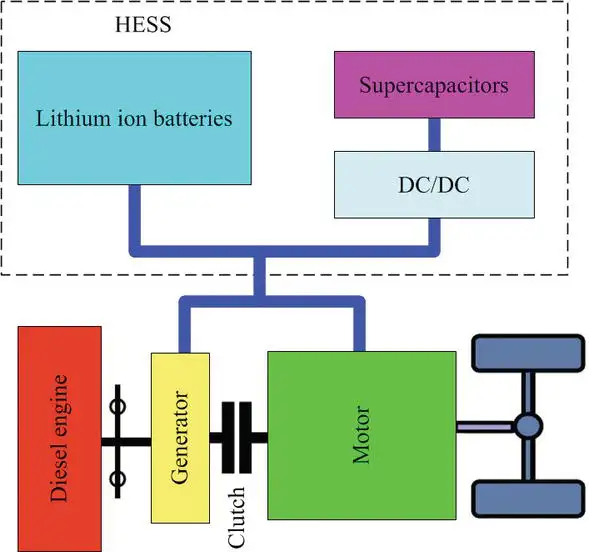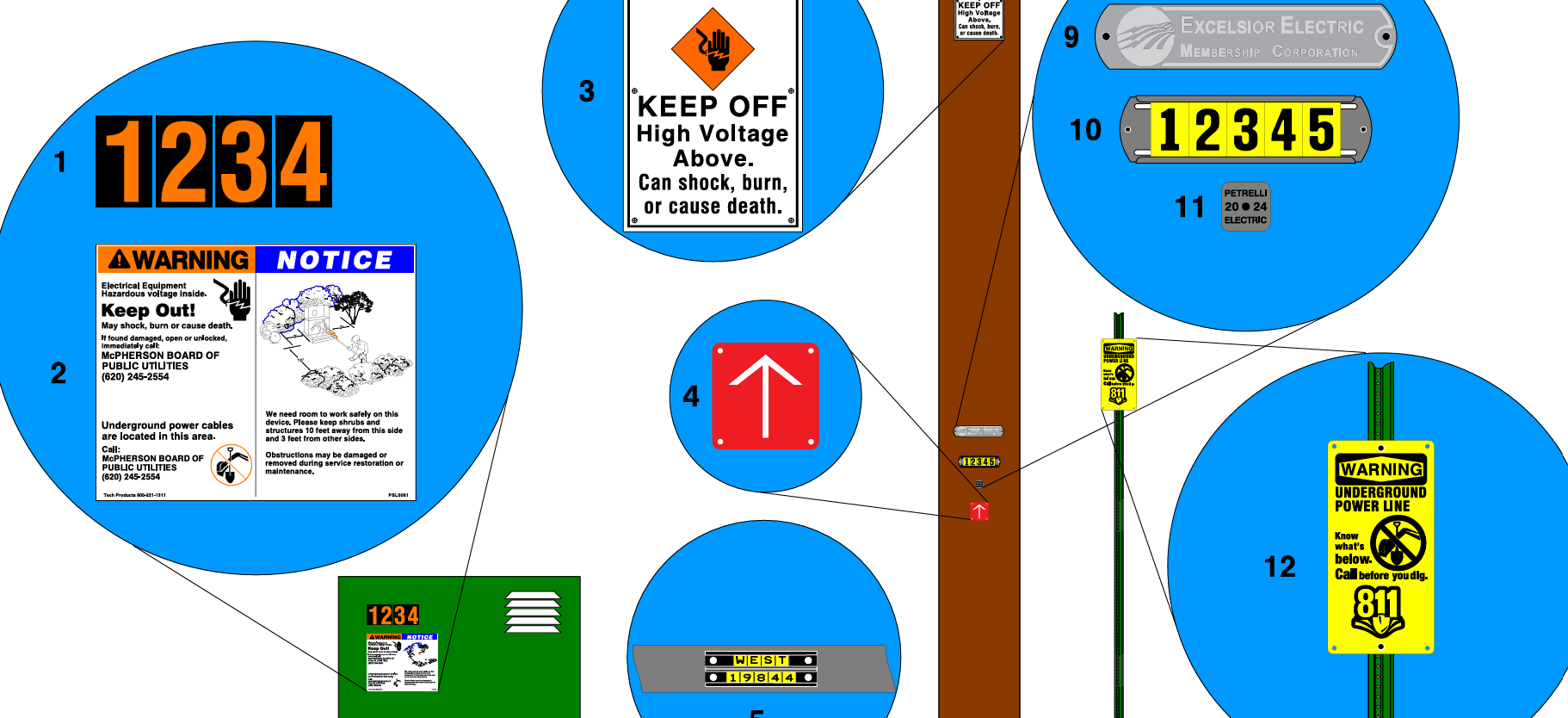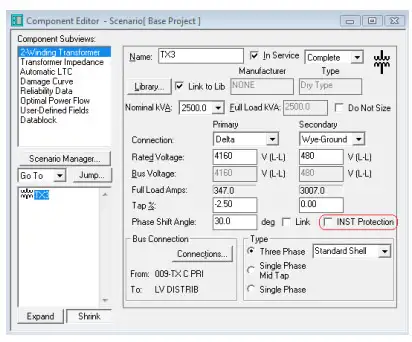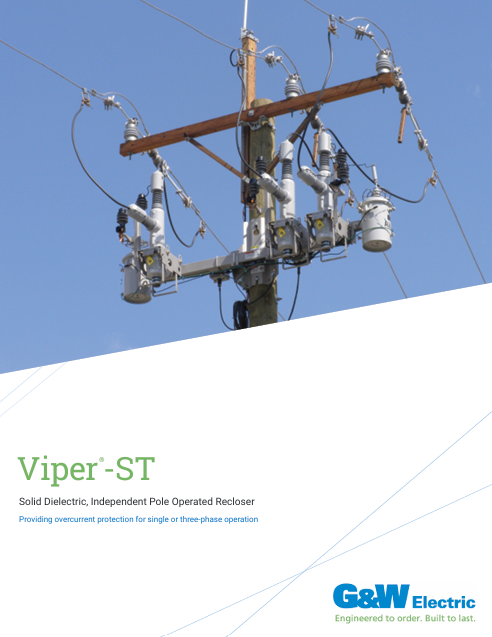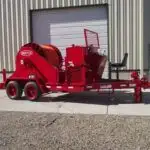What is a Microgrid?
By R.W. Hurst, Editor
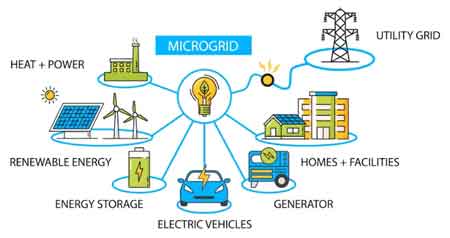
Download Our OSHA 3075 Fact Sheet – Understanding Electrical Hazards in the Workplace

- Learn the effects of electric current on the human body
- Understand OSHA safety standards and protective devices
- Discover essential lockout/tagout and grounding practices
A microgrid is a localized energy system that can operate independently of or in conjunction with the main grid. By integrating renewable energy, storage, and smart controls, it enhances reliability, supports sustainability, and provides backup power for critical facilities.
What is a Microgrid?
A microgrid is a self-contained power system that generates, distributes, and controls electricity locally. It is essentially a small-scale version of the grid that can function in either grid-connected or islanded mode, ensuring resilience and efficiency.
✅ Integrates renewable energy and battery storage
✅ Provides backup power during outages
✅ Enhances efficiency through smart energy management
Microgrids are gaining popularity as reliable and efficient solutions for modern energy challenges. They are increasingly valuable as the world pursues cleaner energy sources, carbon reduction, and grid modernization. By complementing smart grid infrastructure, they improve system reliability while helping communities and industries adapt to the demands of today’s evolving power networks.
What Defines a Microgrid?
At their core, microgrids are groups of interconnected loads and distributed energy resources (DERs) that are managed as a single, controllable entity. These DERs include renewable generation such as solar, wind, hydro, and geothermal, as well as conventional sources like natural gas or diesel generators. Unlike centralized generation, distributed generation enables local autonomy, reduces transmission and distribution losses, and improves resilience during grid disturbances.
A key advantage is flexibility. Through the point of common coupling (PCC), they can remain tied to the larger grid when beneficial, or disconnect instantly and operate independently when reliability is threatened. This seamless transition strengthens both grid reliability and community energy resilience.
Test Your Knowledge About Overhead T&D!
Think you know Overhead T&D? Take our quick, interactive quiz and test your knowledge in minutes.
- Instantly see your results and score
- Identify strengths and areas for improvement
- Challenge yourself on real-world electrical topics
Load Management and Demand Response
Microgrids excel at managing supply and demand in real time. By participating in demand response programs and using smart controllers, they balance intermittent renewable output with load requirements. This reduces strain on central grids, improves power quality, and supports the wider integration of renewable energy. Within broader electrical distribution systems, they also strengthen resiliency by combining renewable generation with storage.
Depending on the application, components may include generation sources, energy storage, and advanced digital control systems. Supervisory control and microgrid controllers monitor and coordinate operations, while effective distribution automation technologies enable them to transition seamlessly between grid-connected and islanded operations. This coordination ensures stability and efficiency under varying conditions.
Energy Storage and the Microgrid
Storage technologies such as batteries, flywheels, and pumped hydro are vital for maintaining energy resilience. They capture excess renewable generation and release it when demand peaks or during outages. Storage also enables black start capability, ensuring a microgrid can restart after a total grid failure. For hospitals, airports, and data centers, this reliability is crucial in preventing disruptions. Critical facilities often depend on robust critical energy storage within microgrids to ensure an uninterrupted power supply.
Traditional vs. Microgrid Operation
Traditional grids rely on centralized power plants transmitting electricity over long distances. By contrast, microgrids operate within defined boundaries, supplying electricity from diverse local sources. This decentralized design reduces transmission losses, increases efficiency, and improves protection against cascading failures.
Smart Grid Technologies and Standards
Microgrids are also becoming increasingly important due to advances in smart grid technologies and grid modernization. They improve monitoring, interconnection, and control. To ensure safe design and operation, industry standards such as IEEE 1547, IEEE 2030.7, and IEC 61850 define interconnection requirements and grid codes. These standards guide the penetration of renewable energy, demand response, and integration with broader electrical networks. Advances in direct current technology are helping DC and hybrid microgrids deliver more efficient local energy systems.
Microgrids can also play a role in improving power quality. A microgrid can help reduce the occurrence of power outages and provide a stable power source to critical loads such as hospitals, data centers, and other essential facilities.
Topologies of a Microgrid
Microgrids can be classified into topologies based on their electrical characteristics. The most common microgrid topologies are AC microgrids, DC microgrids, and hybrid microgrids.
AC Microgrid: An AC microgrid is a type that operates using alternating current (AC). It comprises a combination of renewable energy sources, conventional energy sources, and energy storage systems. AC microgrids are typically designed for larger-scale applications and can be connected to the main grid or operate in island mode.
DC Microgrid: A DC microgrid is a type that operates using direct current (DC). It comprises a combination of renewable energy sources, conventional energy sources, and energy storage systems. DC microgrids are typically designed for smaller-scale applications and can be connected to the main grid or operate in island mode.
Hybrid Microgrid: A hybrid microgrid combines both AC and DC components to form a single system. It comprises a combination of renewable energy sources, conventional energy sources, and energy storage systems. They are typically designed for larger-scale applications and can be connected to the main grid or operate in island mode.
Basic Components of a Microgrid
Microgrids have several components that generate, store, and distribute energy. The basic components in microgrids include:
Power sources can include renewable energy sources, such as solar panels, wind turbines, and hydroelectric generators, as well as conventional power sources, like diesel generators.
Energy storage systems store excess energy generated by power sources, including batteries, flywheels, and pumped hydro storage systems.
FREE EF Electrical Training Catalog
Download our FREE Electrical Training Catalog and explore a full range of expert-led electrical training courses.

- Live online and in-person courses available
- Real-time instruction with Q&A from industry experts
- Flexible scheduling for your convenience
Power electronics convert the electrical characteristics of the power generated by power sources and energy storage systems to match the requirements of the loads.
Control systems regulate the flow of energy and maintain stability. They can include controllers, supervisory control, and data acquisition (SCADA) systems.
Microgrid Applications Across Sectors
Microgrids are being deployed in multiple sectors:
-
Community ones for resilience during extreme weather
-
Campus ones at universities to reduce costs and emissions
-
Military base ones for energy security
-
Critical facilities like hospitals, airports, and data centers that require uninterrupted power
Point of common coupling (PCC)
The PCC links the microgrid to the main grid, enabling resource sharing, exporting surplus energy, or islanding in the event of a fault. It ensures safe transitions and reliable operations in all modes.
Economic Considerations and ROI of Microgrids
Microgrid economics are driven by both cost savings and financial benefits. They reduce peak demand charges, allow energy arbitrage, and improve return on investment. Government incentives, tax credits, and supportive policy frameworks make projects more feasible, while long-term savings and sustainability goals strengthen their business case.
Case Studies and Future Outlook
Deployment examples include community microgrids under the New York REV initiative, university campus microgrids in California, and U.S. military base projects aimed at ensuring secure operations. These case studies illustrate the practical benefits of microgrids in real-world applications. As renewable penetration increases, microgrids will remain central to grid modernization, offering economic value, energy resilience, and sustainability.
What is a microgrid? A Microgrid represents a pivotal shift in how electricity is generated, managed, and consumed. By integrating DERs, renewable energy, storage, and advanced controls, they improve reliability, resilience, and carbon reduction outcomes. With supportive policies, strong standards, and growing demand, microgrids will continue to expand as a cornerstone of modern energy infrastructure.





